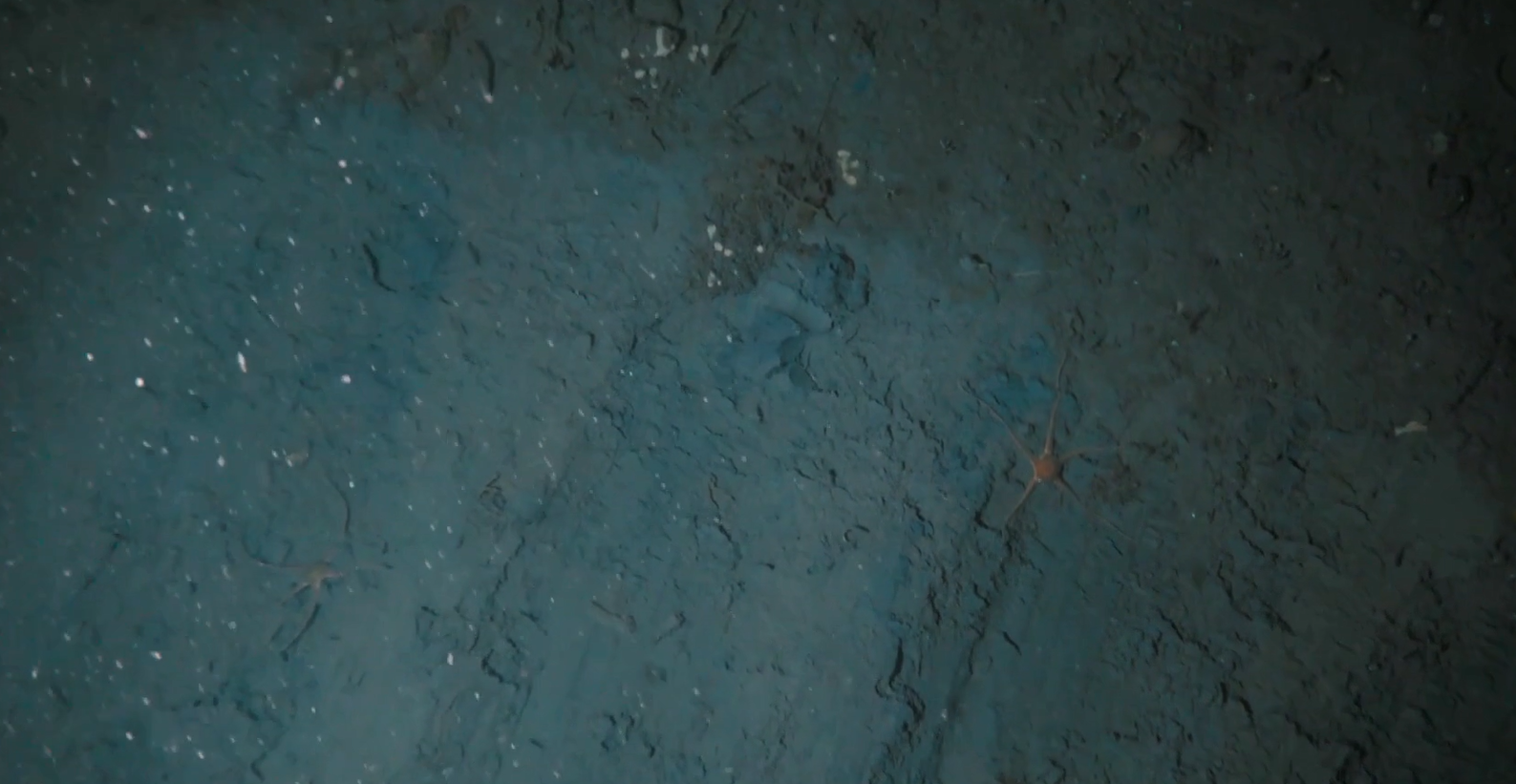Media release
From:
Protected Antarctic oceanic life threatened by ships anchoring, first underwater videos show
First video footage shows impacts of anchor and chain damage caused by cruise, research, fishing, and private vessels on Antarctic sea floor and animals, highlighting critically understudied conservation issue
As decreasing sea ice allows ships to enter previously inaccessible regions, cruise ships and other vessels are now advancing into the most remote waters. When anchors are dropped, seafloor marine life is impacted. In the Antarctic Peninsula, ocean scientists have recorded crushed sponge colonies, disturbed soft sediment, and striations caused by anchor chain movement for the first time. Recognizing anchor damage as a pressing conservation issue is critically important to protect ocean life and develop mitigation strategies, the team said.
Ships operate in every ocean, and even the most remote waters aren’t off-limits. When they anchor, they leave behind a footprint. Anchoring cannot only disrupt marine life but also may damage undersea cables or pipelines, disrupt communication and cut off power supply.
Yet, global ship activity and therefore anchoring is becoming more widespread, even in the most remote regions of the planet. Now, an international team of scientists has gathered the first video evidence of anchoring and chain damage in Antarctic waters. The team’s results are now published in Frontiers in Conservation Science.
“This is the first time the impacts of ship anchoring and chain damage are documented in Antarctic waters. Activities in Antarctica have a lot of strict rules around conservation, yet ship anchoring is almost completely unregulated,” said first author Matthew Mulrennan, a marine scientist and founder of KOLOSSAL, an ocean exploration and conservation nonprofit in California.
“Documentation is way overdue, given the importance of these ecosystems and the protections we place on them. Anchoring impacts are understudied and underestimated globally. It’s so important to recognize and mitigate the impacts across all industries and limit planned anchoring,” added co-author Dr Sally Watson, a marine geophysicist at the National Institute of Water and Atmospheric Research in New Zealand.
Localized destruction
While there are no reliable numbers, at least 195 tourism, research, and fishing vessels, as well as private yachts were recorded in anchorable depths in Antarctica – usually confined to no more than 82.5 meters – during the 2022-23 season. Likely more ships operate there without licenses.
During the austral summer of that year, researchers used underwater cameras to observe the seafloor at 36 sites across the Antarctic Peninsula and South Georgia Island. Footage was captured close to the surface, midwater, and one meter above the sea floor. It showed disturbances to the seafloor and marine life where ships had anchored. Striations, grooves, and mud deposits from anchor retrieval were visible in the substrate of the ocean floor. At the disturbed sites, little to no marine life was present. Instead, the researchers observed crushed sponge colonies and a lack of benthic biomass. Directly adjacent to the anchoring sites, marine life flourished.
“The observed damage was a near miss to three giant volcano sponges, believed to be the oldest animals on the planet which may live up to 15,000 years,” Mulrennan said. Many other species, including Antarctic sun stars, giant Antarctic octopus, sea spiders, and a variety of fish were recorded at anchorable depths.
“The weird and wonderful animals that are impacted, like sponges, are important for filtering water, carbon sequestration, and providing shelter, food, and complex habitats which benefit the whole marine ecosystem, including penguins and seals – the animals tourists come to see,” Mulrennan pointed out.
Lasting impacts
Many of the species that live at anchorable depths in Antarctica are slow-growing, sessile, and can only be found in Antarctica. Those factors make them particularly vulnerable to disturbances. “We know that anchor impacts in tropical reefs can last a decade. In muddy sediment the scours can still be visible over a decade later,” Watson said. “Ecological recovery is really site specific. Things in cold waters are much slower growing than in warmer temperatures so I expect that recovery would take longer the higher the latitude.”
Future research, the team said, should examine short- and long-term impacts of anchoring on the seabed, recovery periods, and impacts on broader ecosystem function. Without databases recording anchoring frequency, however, telling how widespread the issue is and developing timescales of recovery hinders the development of mitigation measures.
“Anchoring is likely the most overlooked ocean conservation issue in terms of global seafloor disruption; it is on par with the damages from bottom trawling,” Mulrennan concluded. “It’s a pressing environmental issue, but it’s out of sight, out of mind.”



 New Zealand; International
New Zealand; International



